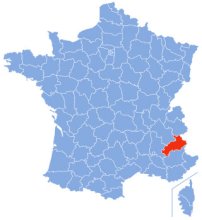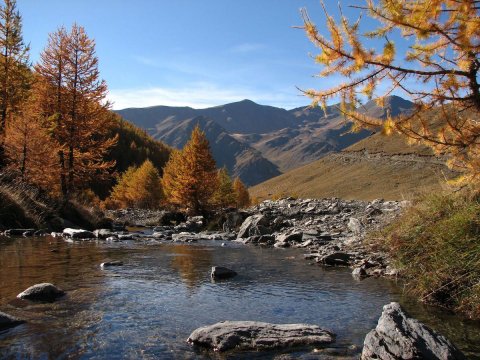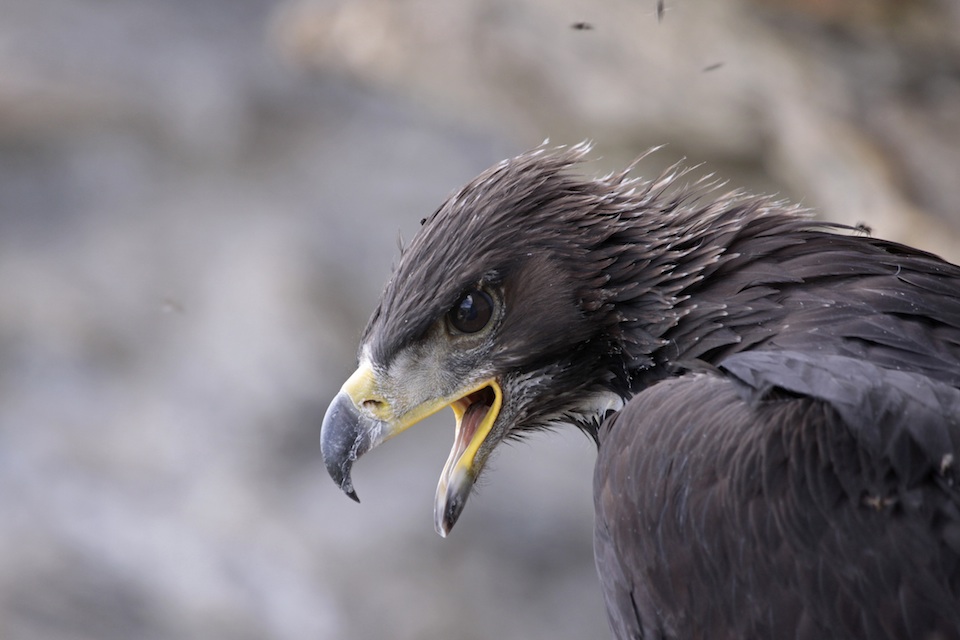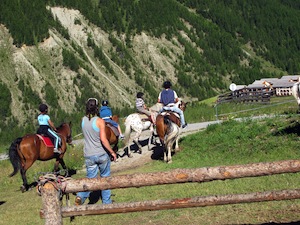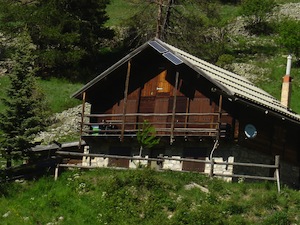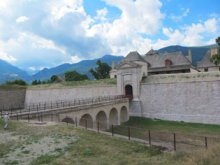Summary:
- The Department of the Hautes Alpes
- The Queyras, jewel of the Hautes Alpes
- More than 300 apartments to let
- Places to see in the Hautes Alpes

The Department of the Hautes Alpes
The Department of the Hautes-Alpes is one of six Departments in the Provence-Alpes-Côte d'Azur (PACA) Region of France. It is bordered by the Departments of Isère and Savoie in the north, Drôme in the west and Alpes-de-Haute-Provence in the south.
The Department has the highest average altitude in France. The town of Briançon, on the border with Italy, and at 1,300m, is one of the highest in the European Union. Its clean dry air makes it a popular place for people with respiratory problems such as asthma.
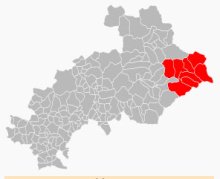
The Durance, the major river of the Hautes-Alpes, offers many opportunities for water sports such as canoeing, kayaking and rafting. Just as good are the Durance’s fast-flowing tributaries, such as the Guil with its source in the Queyras, and the Guisane which drops down from the Col du Lautaret.
In addition, the reservoir-lake of Serre-Ponçon – one of the largest in Europe – has many beaches and opportunities for water sports.
The Queyras, jewel of the Hautes-Alpes
The Queyras is the highest region of the Hautes-Alpes, with an average altitude of 2,000 metres. 60 per cent of the population live above 1,600m. Its very sunny climate means that you can have a village - the village of Saint Véran, (and the highest commune in Europe) - at an altitude of 2,040m.
In contrast, many of the villages in the main valley of the River Guil, the turbulent and sometimes destructive river which drains the Queyras basin, are situated at relatively low altitudes between 1,250 and 1,600m.
A nature reserve
Separated from Italy by high mountain passes and from the rest of the Department of the Hautes-Alpes by the gorges of the river Guil (the present road was not built until 1855), the Queyras was for a long time an isolated rural area with a distinctive flora and fauna of its own.
Chamois, mountain sheep (mouflons) et marmots are great child-pleasers. It’s not unusual to see an eagle planing high in the sky, or a griffon vulture (vautour fauve) straying from the nearby Drôme region. In summer the upland pastures are a never –ending feast for the eyes, covered in wild flowers of a thousand different colours. The complex geology of the Queyras will fascinate specialists and amateurs alike.
Summer and winter activities
In winter there are sports for everyone in the Queyras: downhill skiing(ski alpin), Nordic skiing (ski de fond) and cross-country skiing (ski de randonnée). And there are ways to enjoy the mountains, like snow-shoeing, dog-sledding and ice-climbing.
In summer there’s mountain-biking, horse- riding, tree-top trails, paragliding and via ferrata. Along the GR58 way-marked trail (Tour du Queyras), there are about thirty lakes, twenty passes (cols) to climb and twenty peaks to scale (some of the latter over 3,000m). The Queyras offers an almost infinite variety of outdoor activities of varying degrees of difficulty.
History and heritage
Lovers of history and culture can visit Fort Queyras, a medieval citadel remodelled by Vauban; the Old School Museum in Arvieux, the Museum of Traditional Costume in Abriès and the Soum Museum in Saint Véran. You can also tour the local villages in search of the many decorative sundials, or seek out the ruins of the ancient copper mine at Clausis near Saint-Véran..
More than 300 flats to let
The Queyras is the ideal holiday destination for lovers of the mountains. There are more than 300 flats, chalets and gîtes on private let.
Places to see in the Hautes-Alpes
When you come on holiday to the Hautes-Alpes, it’s worth visiting Briançon. This town, with its UNESCO-listed fortifications by Vauban, has long guarded the frontier of the Alpes. Impressive Montdauphin, another of Vauban’s fortresses, dates from a time when the frontier with the Duchy of Savoy lay on the Col de Vars – also worth a visit. Other places of interest include the Abbey of Boscodon, a magnificent 12-century edifice, and the reservoir-lake of Serre-Ponçon, the largest stretch of water in the Hautes-Alpes department and the Southern Alps.

